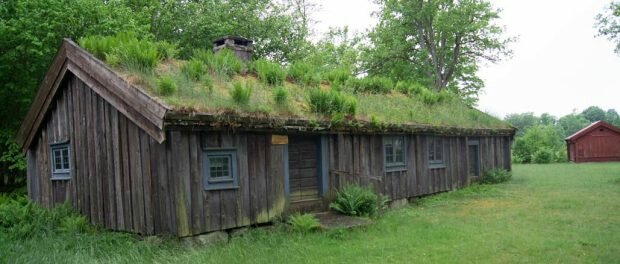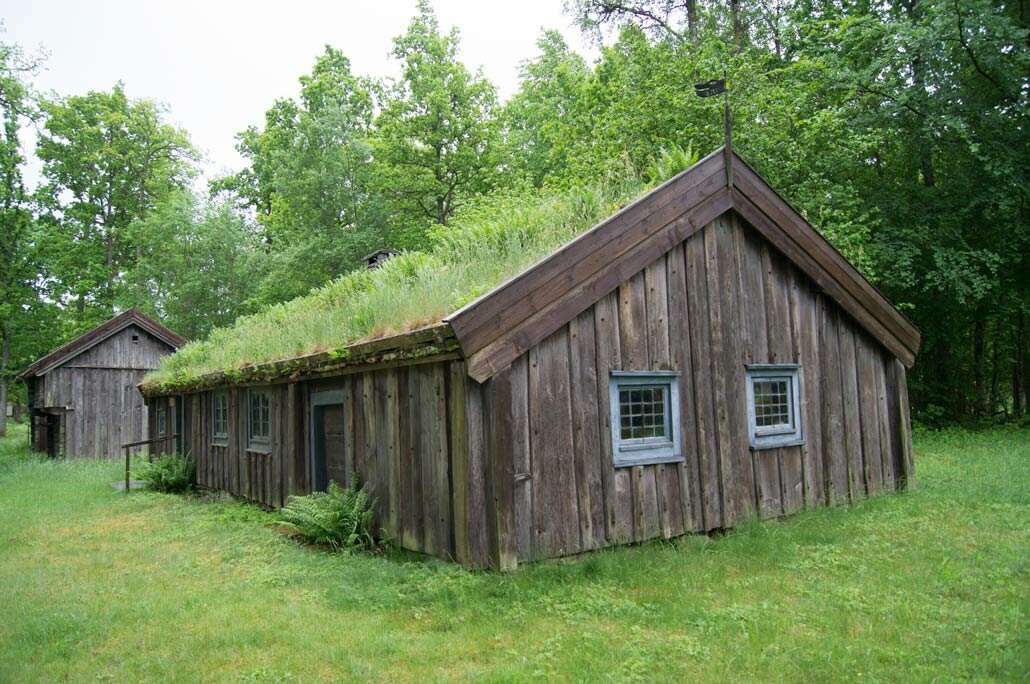Traveling through Småland – part 1

After the weeks spent on the west coast I decided to head towards Småland and the region where a part of my family used to live. More exactly the village Bor (as you might be familiar with from some of the recipes I have been sharing here). We used to spend many summer weeks and school holidays at the home of my relatives. These surroundings will always have a special place in my heart, yet I had not been here since 1994.
Driving through the village I could see that most things still looked the same way as back then, besides the house that has now been restored into the typical Swedish red idyllic farm with red panel and white corners instead of the yellow and brown sheet metal it had back then.
A cabin fit for a witch
Taking off onto some random forest roads, after finding the farm where we used to go pick up fresh milk in the past, I found this small cabin.
This is how many used to live out in the woods (some of it was most probably pasture at that time) and you can still find some abandoned cabins and ruins from the severe starvation period in the 19th century around here.
If I could choose freely, this is how I would like to live today. Primitive and secluded. Who knows… that might happen some day…
The homestead museum
Returning back to the village I decided to stop at the old homestead museum displaying old buildings from the region. I love old architecture and the glimpses into the life of earlier days that these houses provide.
Above is a ryggåsstuga from the 18th century. A very common house type of that time in this region. Green roofs or straw as on the barn below was also common until tiles became affordable.
A church full of myths
Restlessness pushed me to continue and I turned off at the Rydaholm church. I had some vague memory of having passed here a long time ago, but I did not remember what is hidden on one of its sides.
Originally built in the 12th century, but rebuilt later to fit the growing population, this church has pieces of a rune stone built into one wall (something quite common in Swedish churches) as well as stone carvings with biblical motives, yet their aesthetics reveal that they are the continuation of older traditions.
There are some interesting myths surrounding this church. A witch is said to have thrown a pile of rocks against the building to destroy it but failed. Later she supposedly tried to trick a soldier into tying a chain around it, but instead he tied it around an old oak tree that then flew away with a loud bang and left a hole in the ground. A hole still there to this day…
Veronica
Latest posts by Veronica (see all)
- A simpler life - 9th January 2019
- Cyclic spirals - 31st December 2018
- A place to call home - 12th November 2018














Leave a comment